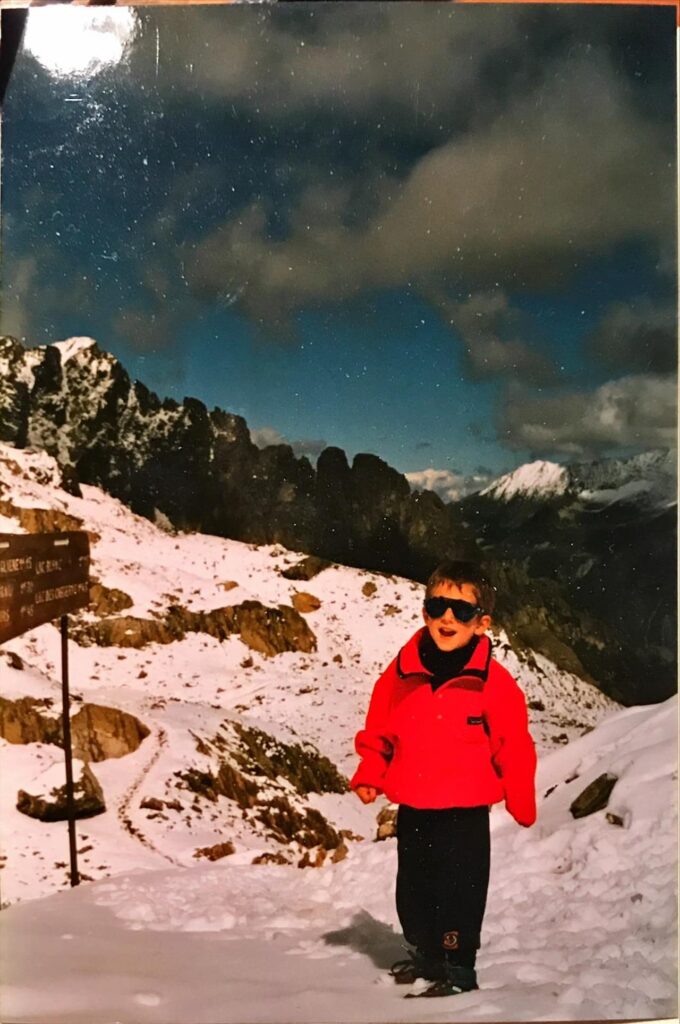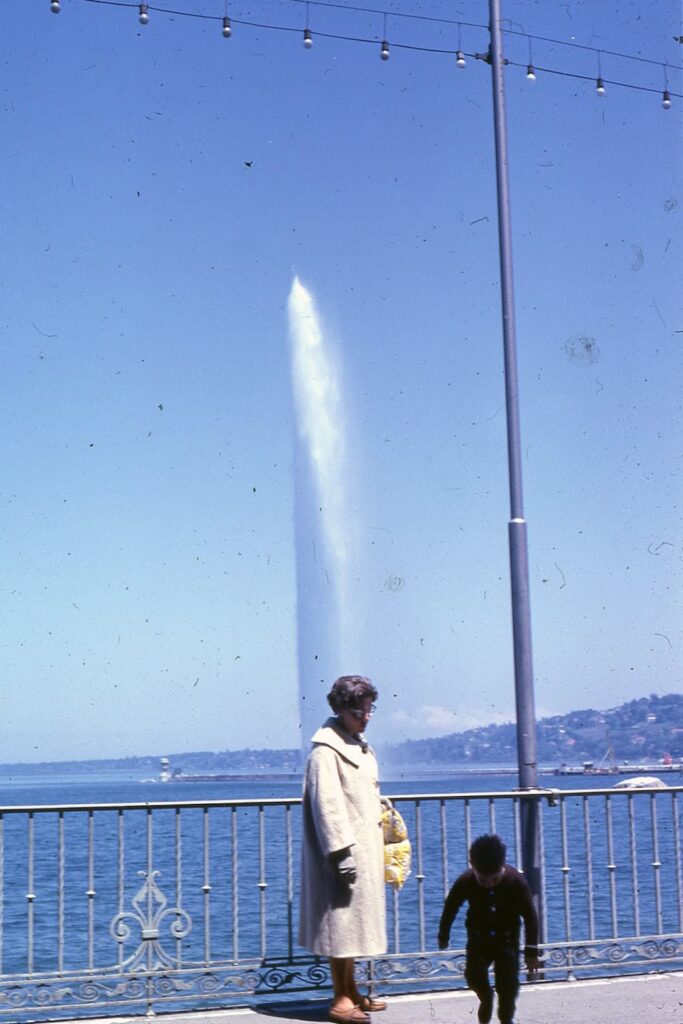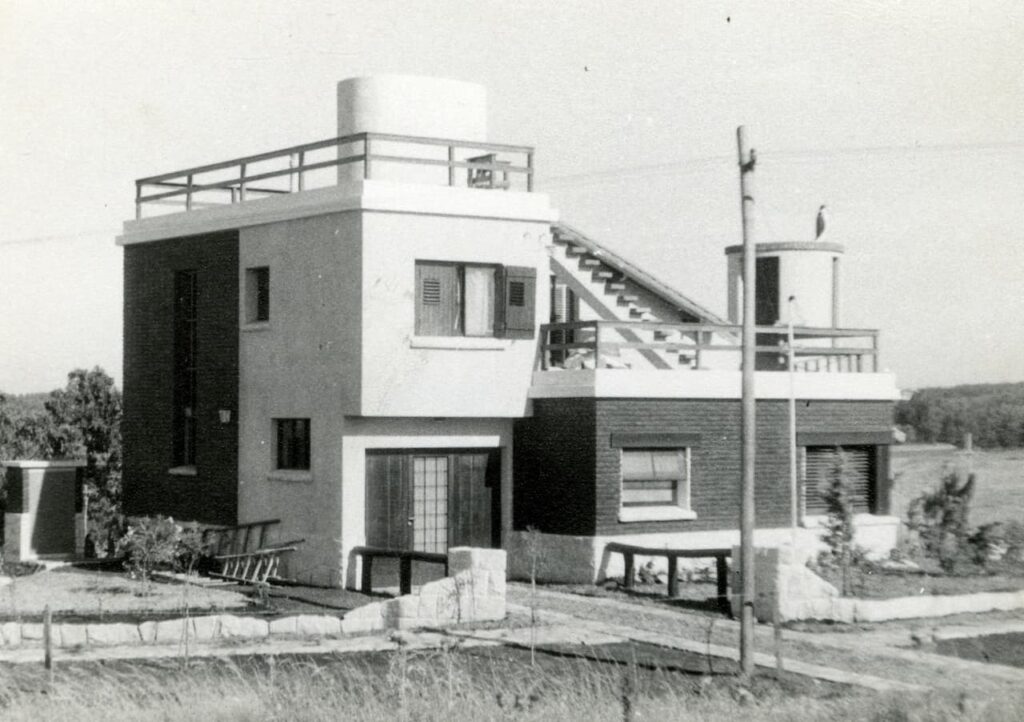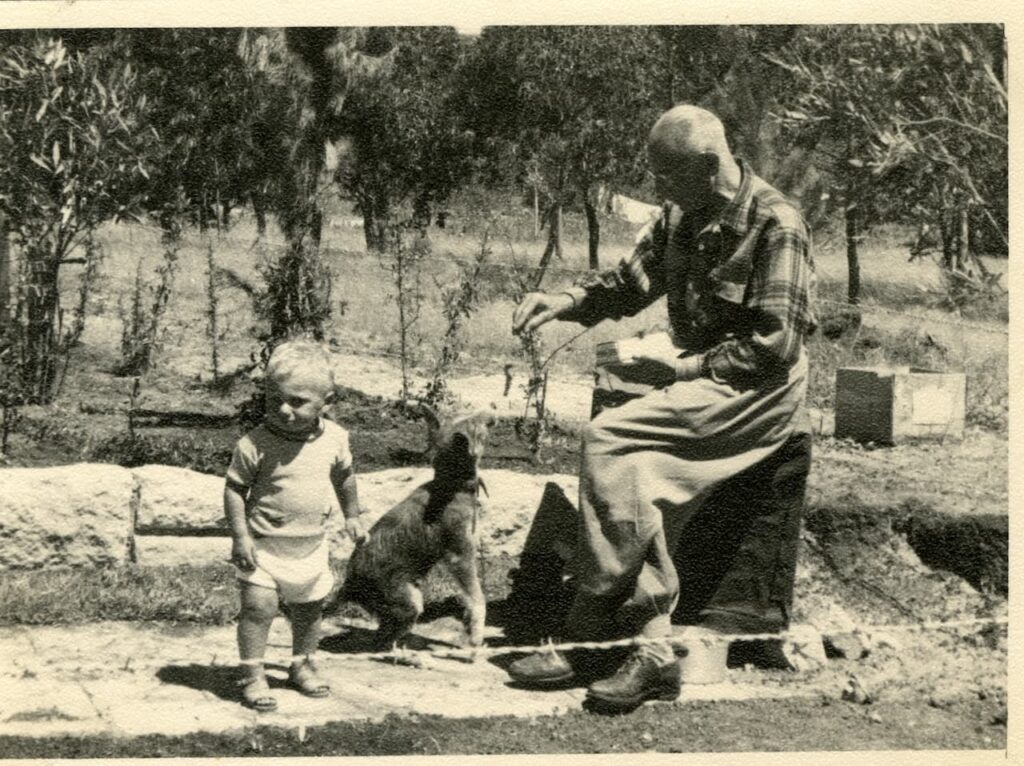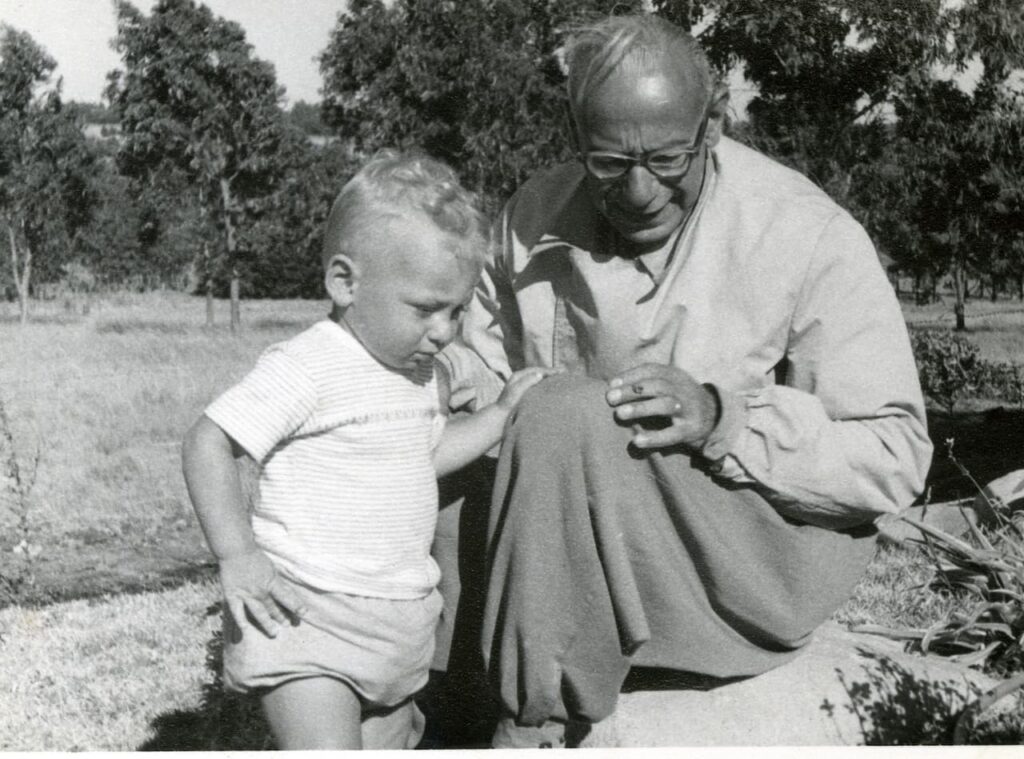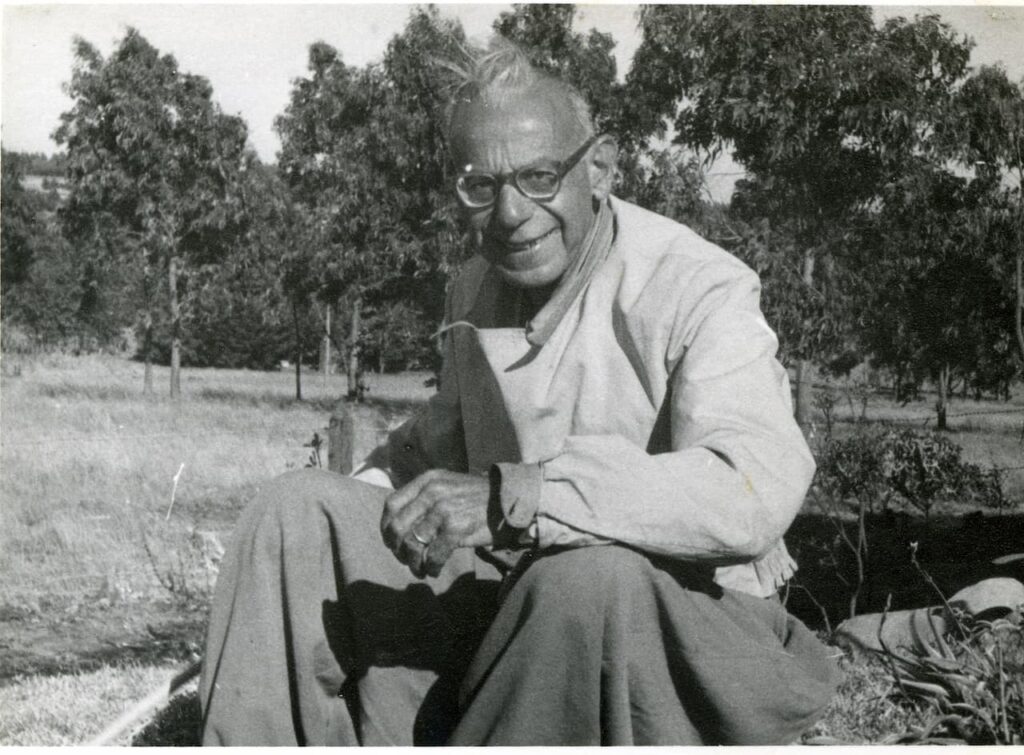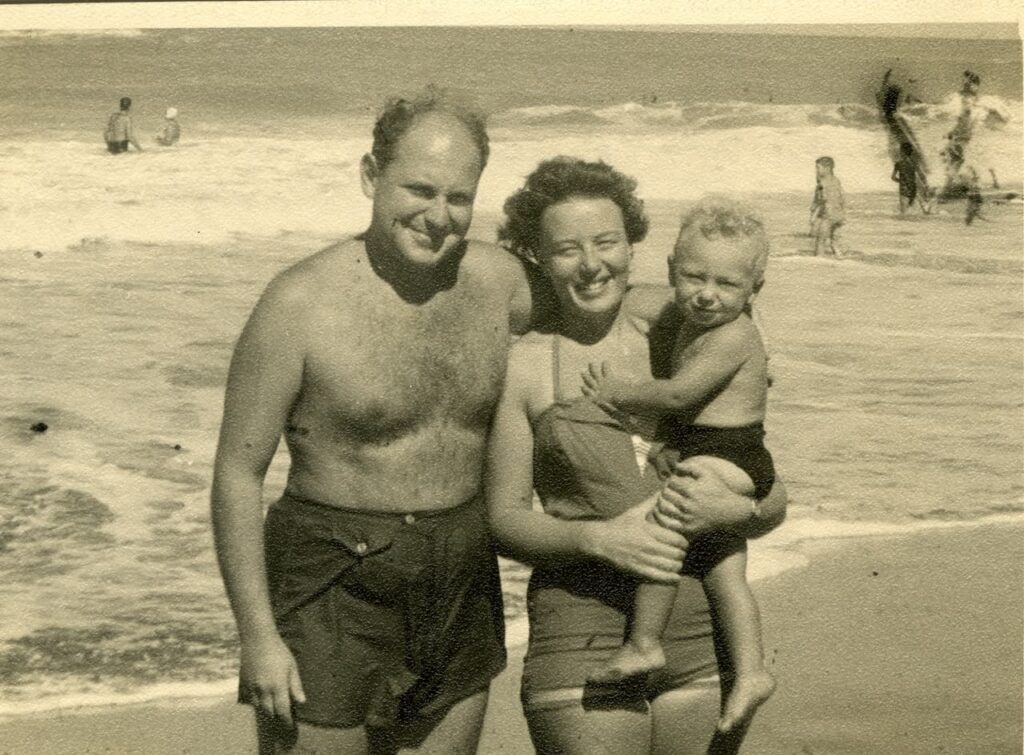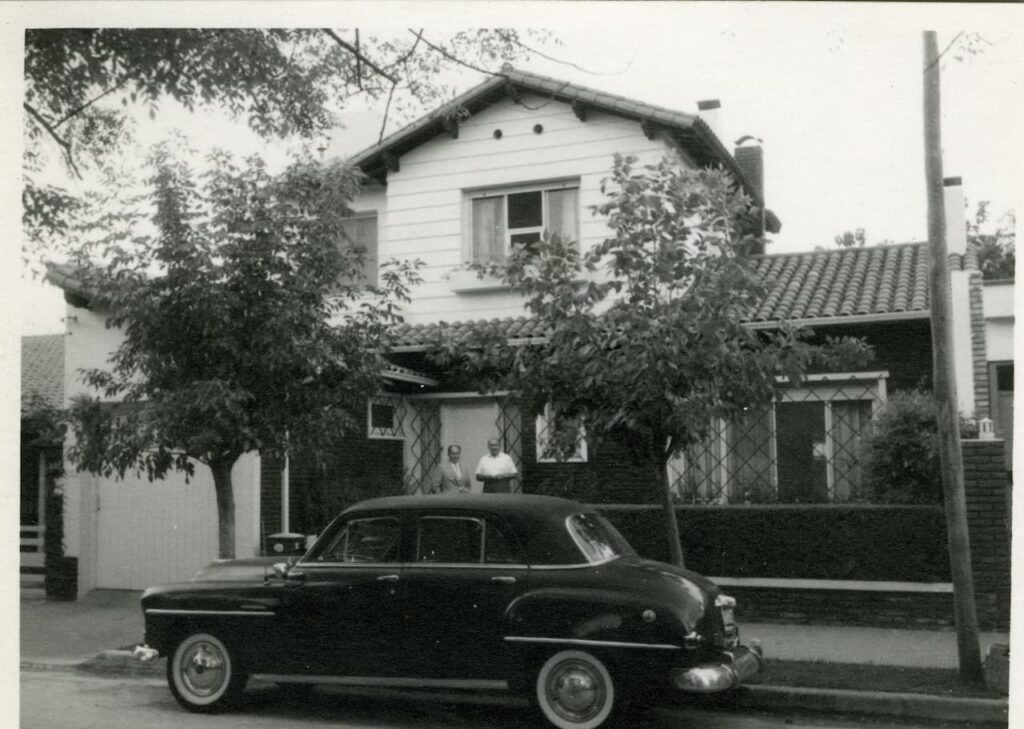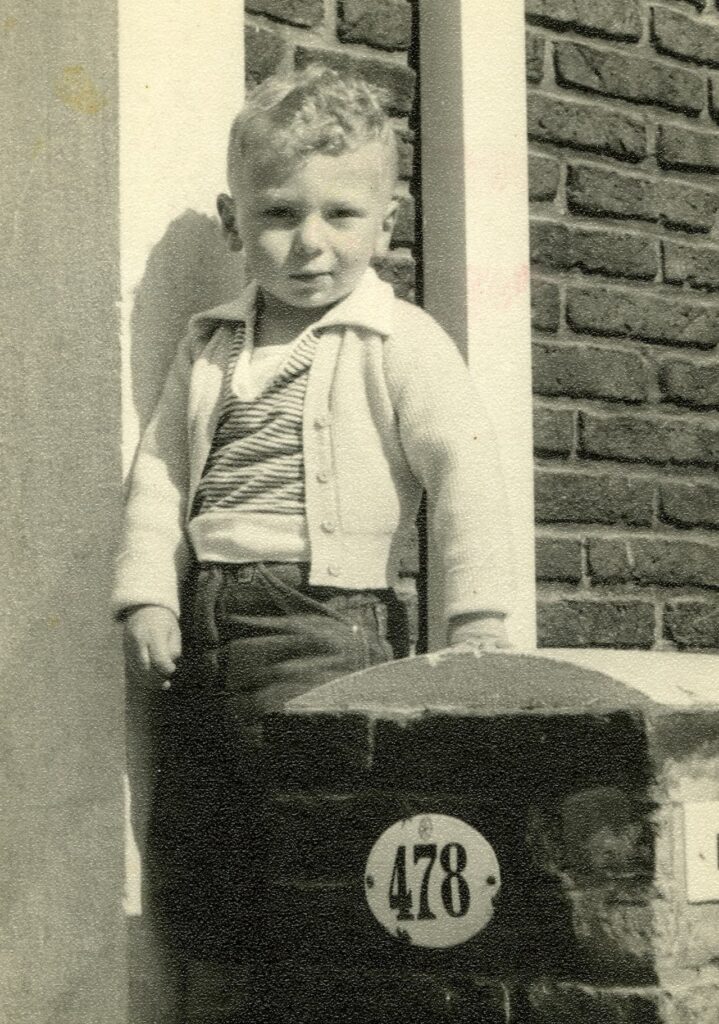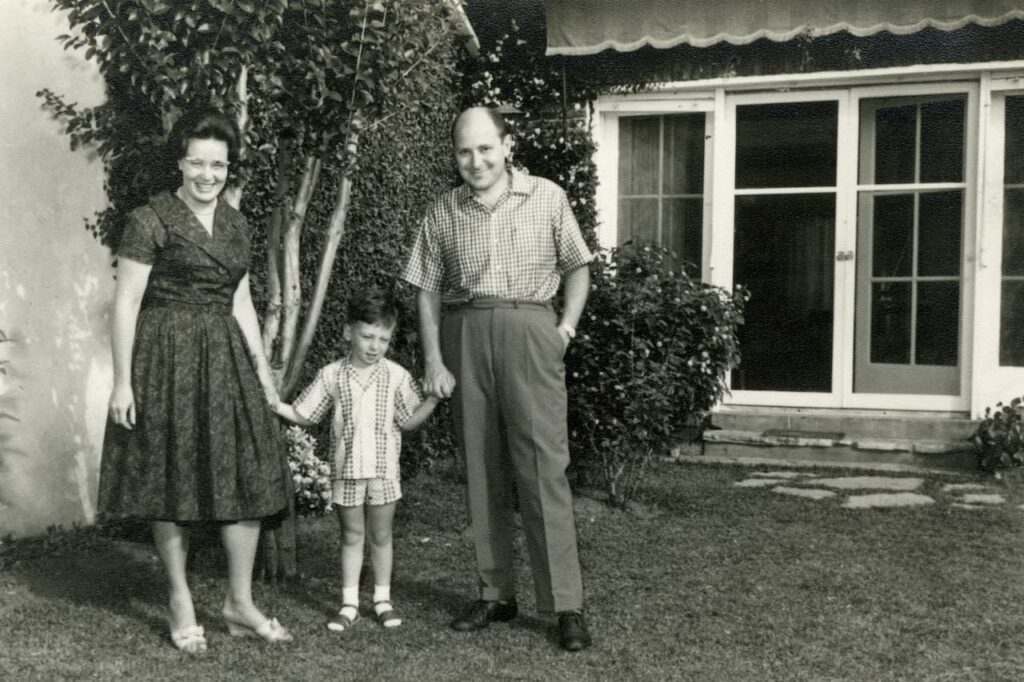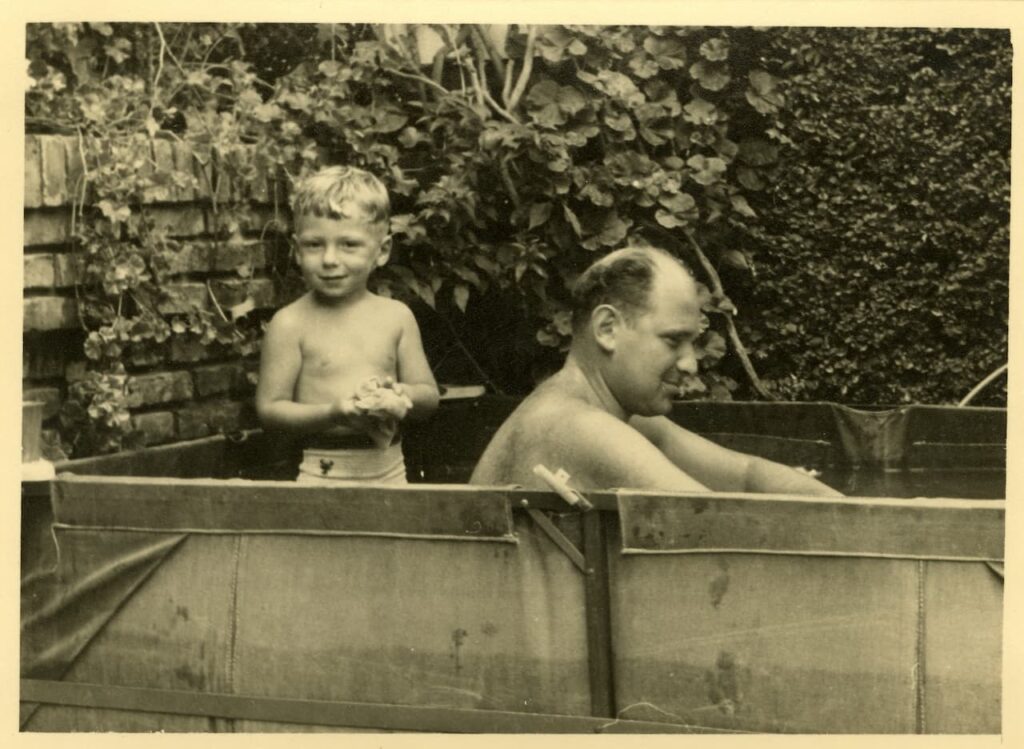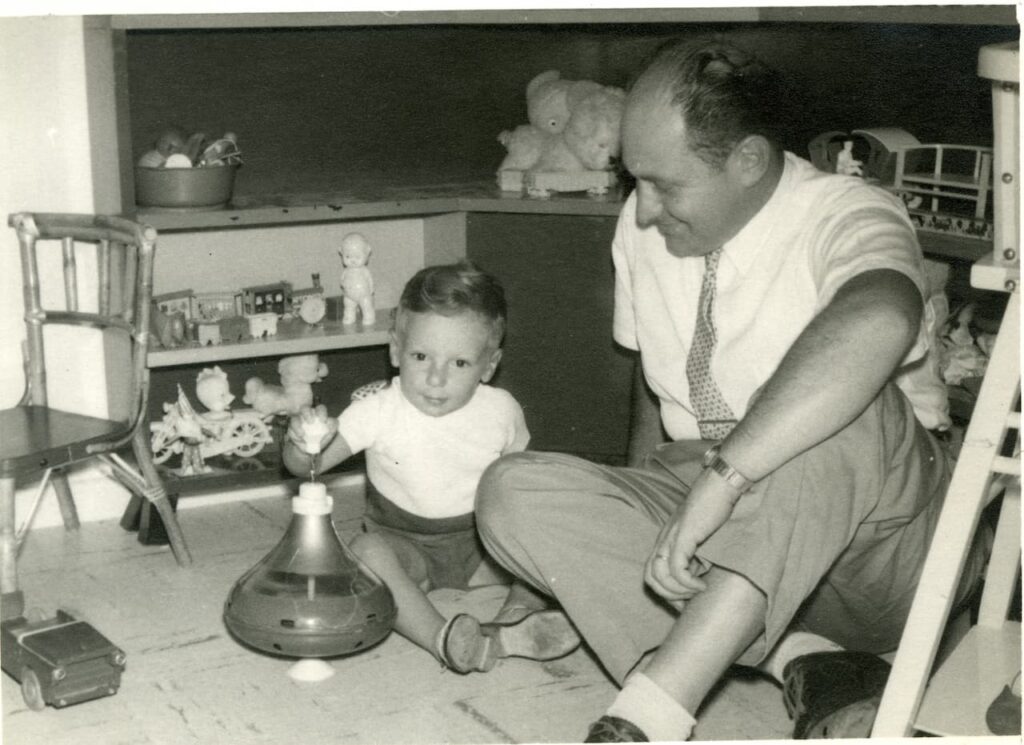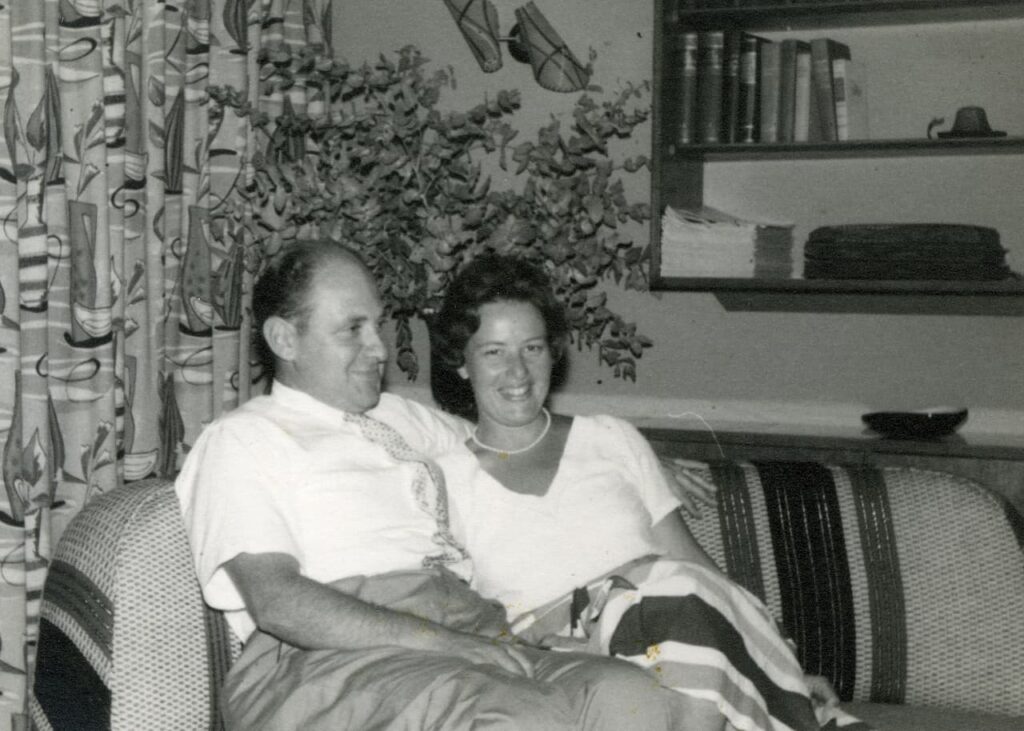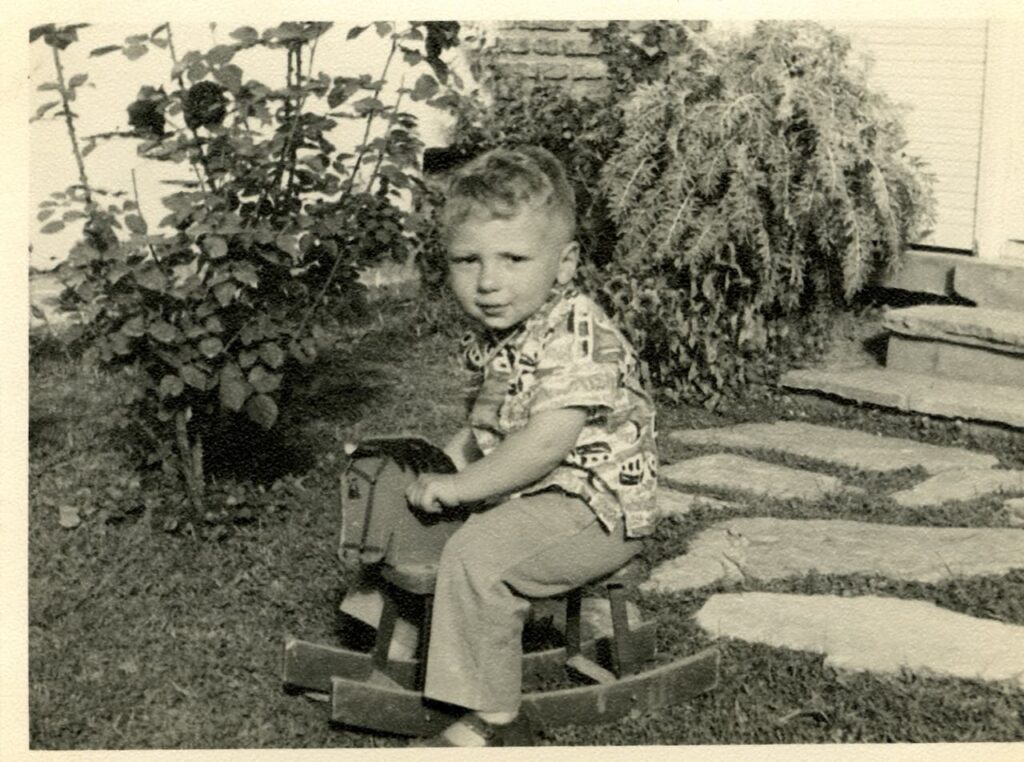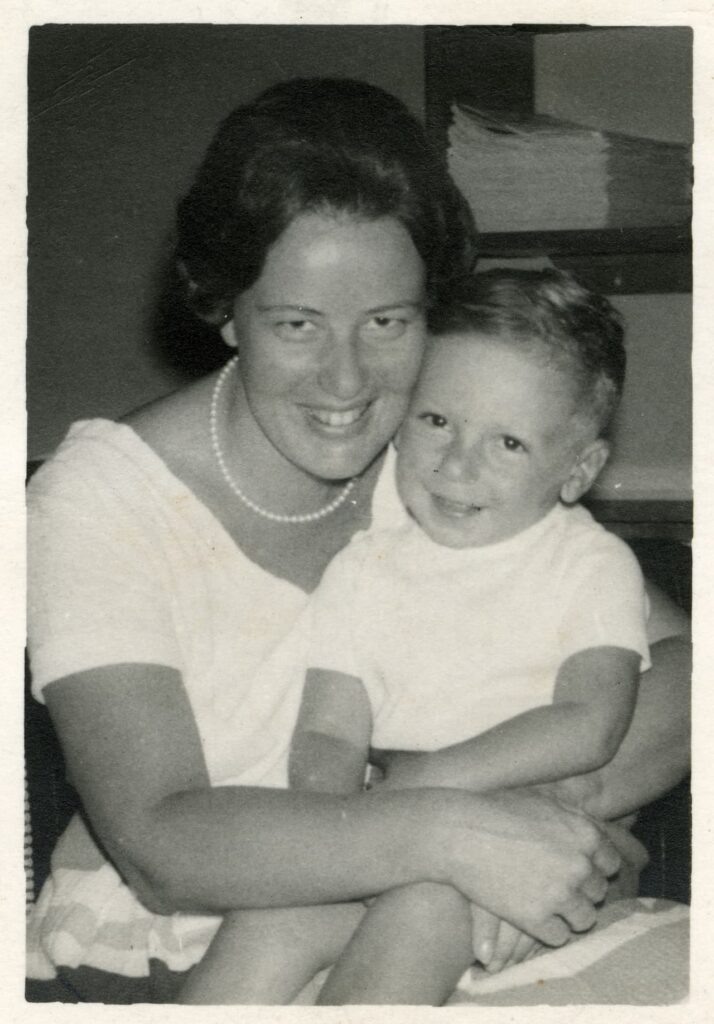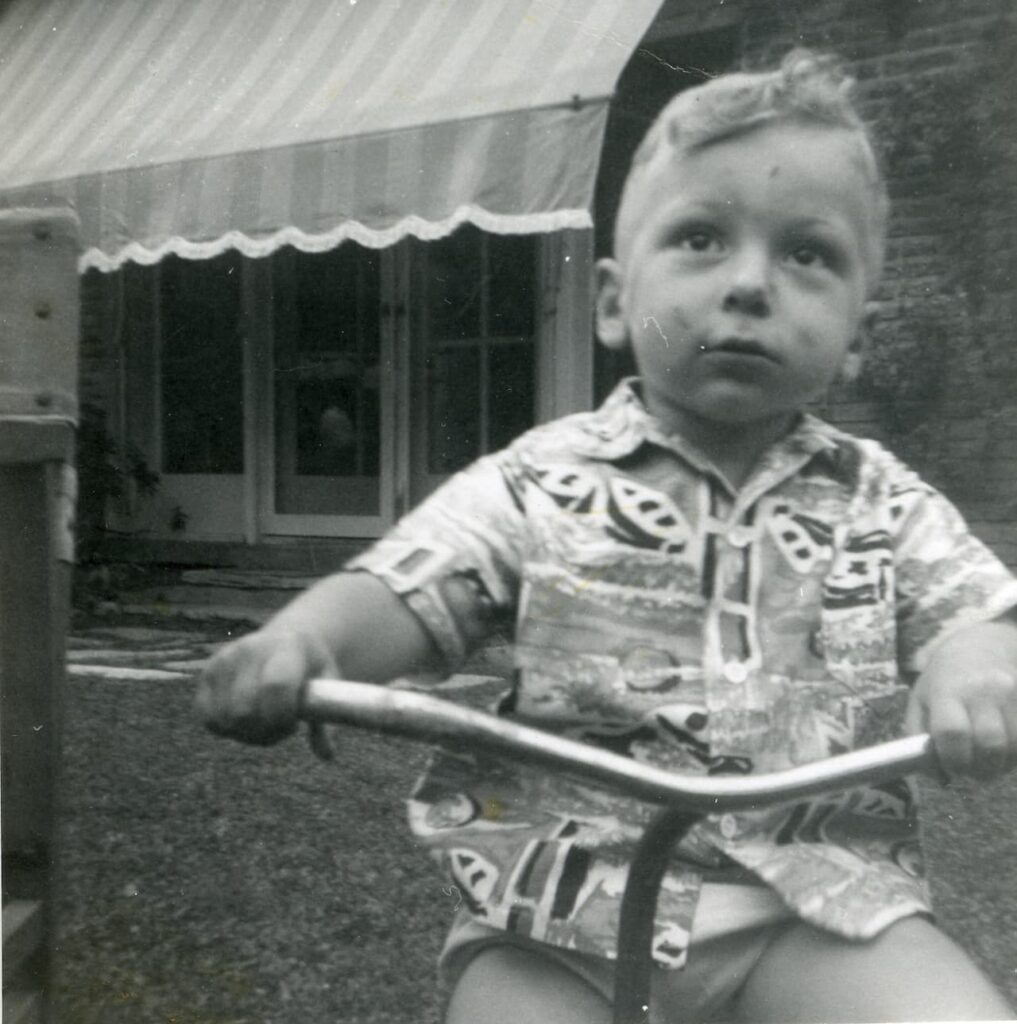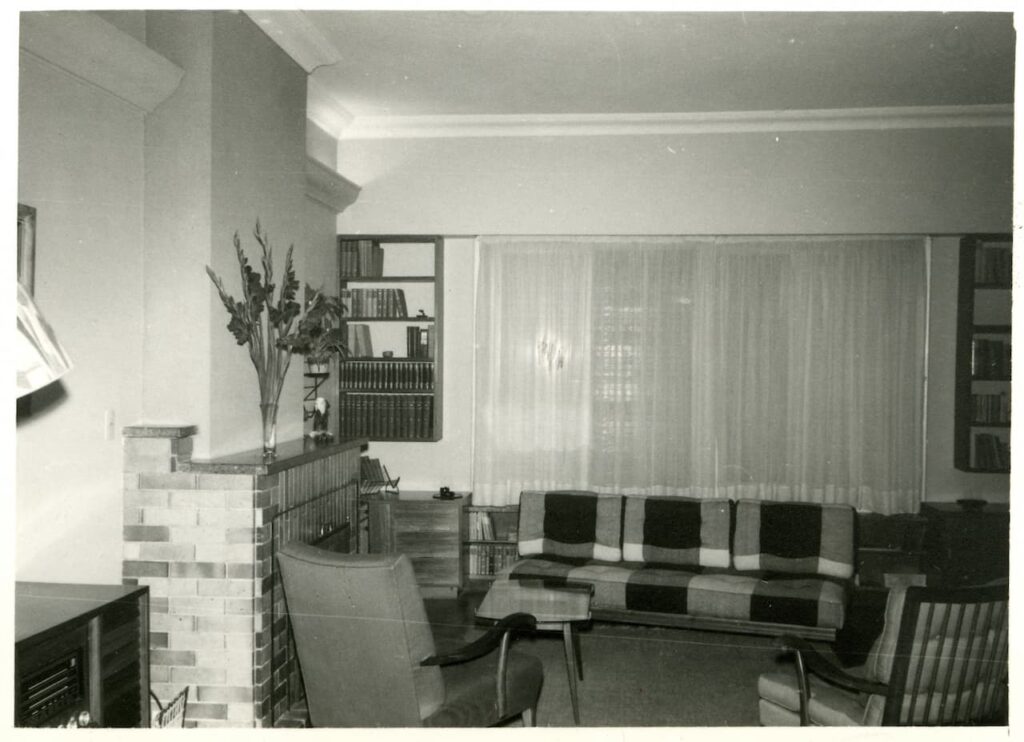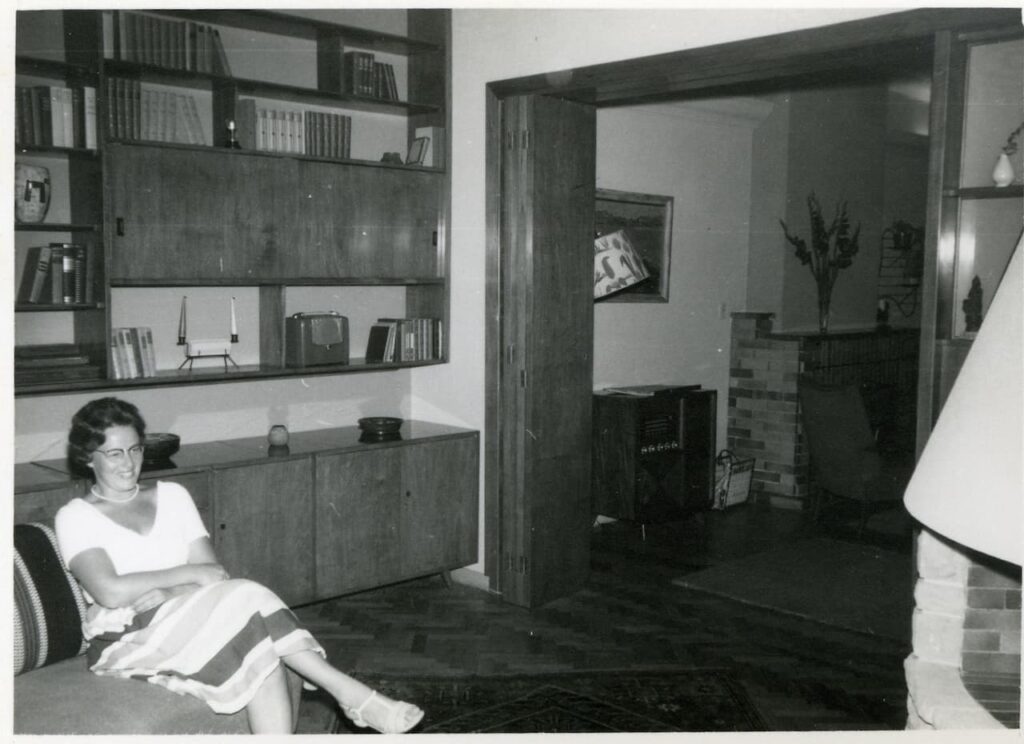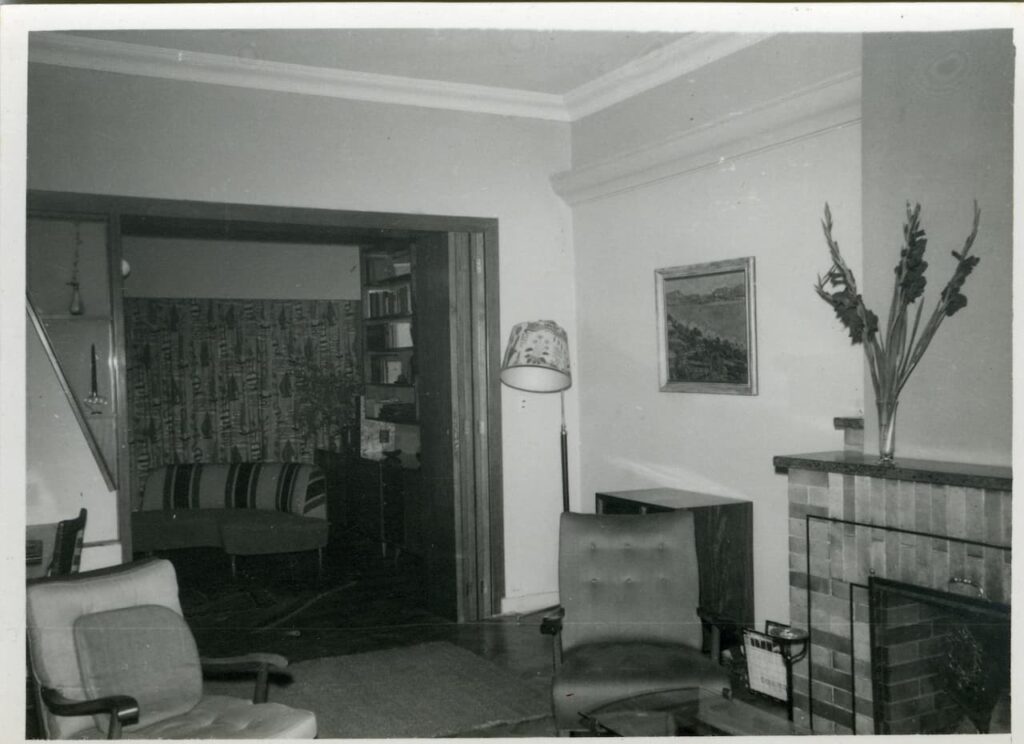Many years later, I would repeat with my son Pablito, the same mistake as my parents did with me, at about the same age. He was three when I decided that it was time for him and me to spend a night together in a mountain hut. I chose the Refuge du Lac Blanc in Chamonix as the first destination of which, I hoped, many more would follow.
To a rather sceptical Pablo, I said that after a short walk we would reach the hut. To his question regarding what the hut looked like, I said that it looked a bit like the place where Snow White lived. This reassured him and we set off on our trek. I had miscalculated the distance and the ‘short walk’ turned out to be closer to two hours. Nevertheless, we arrived without problems.
At the reception of the Refuge du Lac Blanc, I indicated that we had a reservation for two. The man said: ‘Where is the other person?’ I pointed to Pablo, who was so small as not to be visible from the counter. With a shocked look, the man said: ‘How old are you?’ Pablo responded: ‘I’m three.’ The man said: ‘Nobody under the age of five has ever stayed here!’ I was embarrassed and Pablo looked uneasy. After a moment of silence Pablito changed the subject and asked the man: ‘Where do you keep the toys?’ And, before an answer could be given: ‘Can I meet Snow White?’ I quickly ushered Pablo away and we went to our room, which had four bunk beds. I took a bed on the lower level and Pablo one just above me. The other two were not occupied. Dinner was at sunset and the view from the dining room was just sublime. It was a beautiful evening and the mountains turned pink. I said to Pablito: ‘Isn’t this amazing?’ to which he responded the same way as I had, almost 35 years earlier: ‘Yes, but where are the toys?’
Back in our room we settled for the night and Pablito was firmly asleep when, at about 9pm, the door slammed open, the lights were turned on and two young men with their huge backpacks entered the room. Pablito woke up instantly and screamed at the top of his lungs. The two men and I tried our best to calm him down, but he was inconsolable. After a while, the only solution we found was for the terrorised Pablo to share the bunkbed with me, so the two of us fell into an uneasy slumber until about 2am, when the young men turned on their flashlights, started whispering to each other, packed and repacked their backpacks and finally left the room at about 4am, at which point Pablo and I were sufficiently awake to start a new day.
There was no way to convince Pablo to walk down to the télécabine, so I had to carry him (plus our two backpacks) for about three hours—an appropriate punishment for having forgotten how old he was, and what was really important for him (it certainly wasn’t pink-coloured mountains). After this harrowing experience, Pablo did get to love the Alps and spent many happy nights in mountain huts, something I do, in hindsight, feel greatly relieved about.
My first trip to Europe as a four-year-old did leave a record of amusing stories in my family’s collective memory, for example:
Before our departure, Lisl explained to me that, among other places, we’d be visiting London. I interrupted her and said: ‘But you’ve said that we’ll be visiting Europe. And now you tell me that we’re going to London!’ An incredible comment…53 years before Brexit.
In preparation for the landing in Rio de Janeiro, the pilot turned out the cabin lights. In the midst of the immediate silence that followed, I said with a loud voice: ‘Otra vez ese corte de luz!’ (‘Oh no, not again a power outage!’), which made the (mostly Argentinian) passengers on the flight burst out into laughter (at the time power outages were a common occurrence in Buenos Aires).
Upon landing in Rio de Janeiro, I asked my father how I would know that I was in a new country. My father explained to me that every nation had its own flag, reminded me of the blue and white Argentinian flag and pointed to the Brazilian flag. After observing it, I said to my father that I really liked it: ‘It has the Coca Cola bottle cap in the centre!’ I said admiringly.
In London we stayed at the Kensington Hotel. The receptionist, a black man, welcomed us. It was the first time I had seen a black person and I said to him in my loudest voice: ‘Why are you black?’ Before my embarrassed parents could intervene, the man very kindly explained to me that his family was from Africa, that it’s very hot there and that the colour of his skin greatly shielded people like him from the sun. I was very impressed by this answer, and my parents were very, very relieved.
At the hotel in Vienna, my parents showed their Argentinian passports, but the receptionist noticed that they spoke to each other in German, so he inquired whether they might be Austrian. Before my parents could answer, I intervened and said, with a strong Viennese accent: ‘The only real Viennese here is me, these two are fake!’
During this first trip to Europe, we stopped in Geneva, it’s unclear for how long. But there is one surviving photo, taken in the Jardin Anglais, dated June 1961. Who would have known at the time that it would become the city of my dreams, I would spend the majority of my life in this town, and that I would cross this very spot dozens, perhaps hundreds of times, from 1982 onwards? Remarkably, 60 years later, the place where the photo was taken looks almost identical.
In the late 1950s, Fritz and Annie had moved to Mar del Plata, a city about 400 km south of Buenos Aires. There they hoped to live a quiet life, surrounded by nature (their house was within walking distant of the beach). My grandfather conceived the house in a way so that it would fit his extensive library—every other room was built sparingly, but not the library, which occupied the main portion of the home, and offered large views of the surrounding area. We visited my grandparents a few times in their new windy and dusty environment. They seemed to like it there, my grandfather usually very brown from working outside and wearing a bombacha, the Argentinian gaucho pants. We stayed in the home’s only guestroom which was so small that I had to sleep at the bottom of my parents’ bed.
Mar del Plata turned out to be a very short-lived experience for my grandparents. Only a few months after they moved in, Fritz was diagnosed with stomach cancer and died shortly afterwards, with Annie subsequently returning to Buenos Aires. The loss of her father, although not as devastating as the sudden death of her mother, nevertheless accentuated Lisl’s melancholy and she never quite recovered from the fact that at barely 30, she had lost both parents.
At the same time as Fritz and Annie had moved to Mar del Plata, we moved into their home in Beccar. My parents had had been eager for us to have a garden and the house in the Calle Washington 478 offered a small, but attractive one. The home was spacious enough to accommodate more than one child and it is here that my brother Eduardo would be born in 1964. Before moving, Paul and Lisl redid the interiors in what was quite a fashionable style for the time.
The River
Pedro Simko

The River
Pedro Simko

